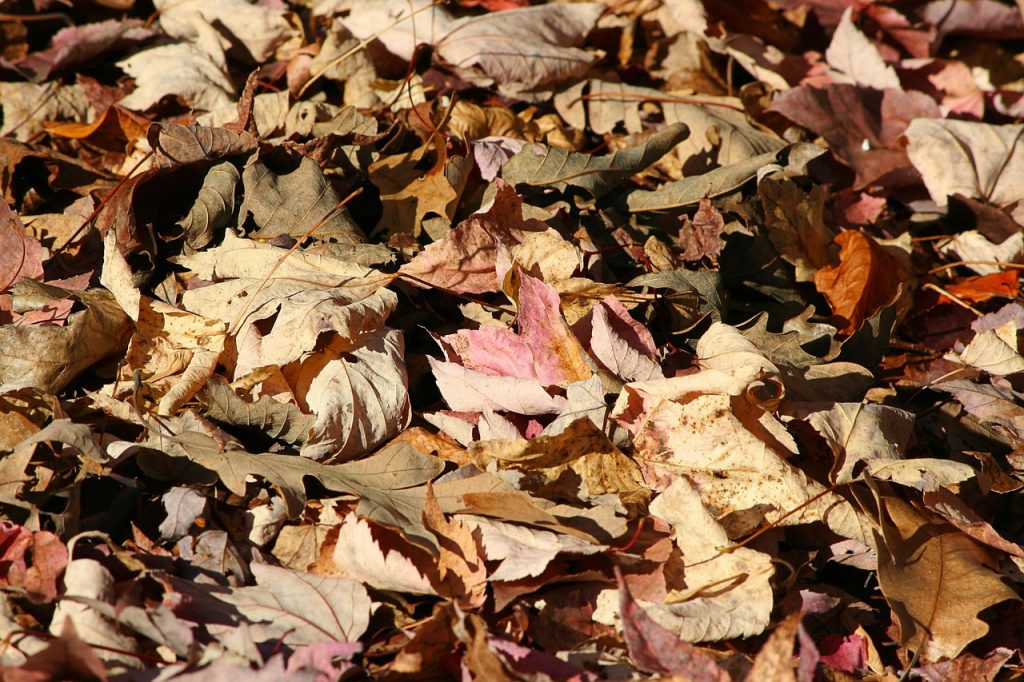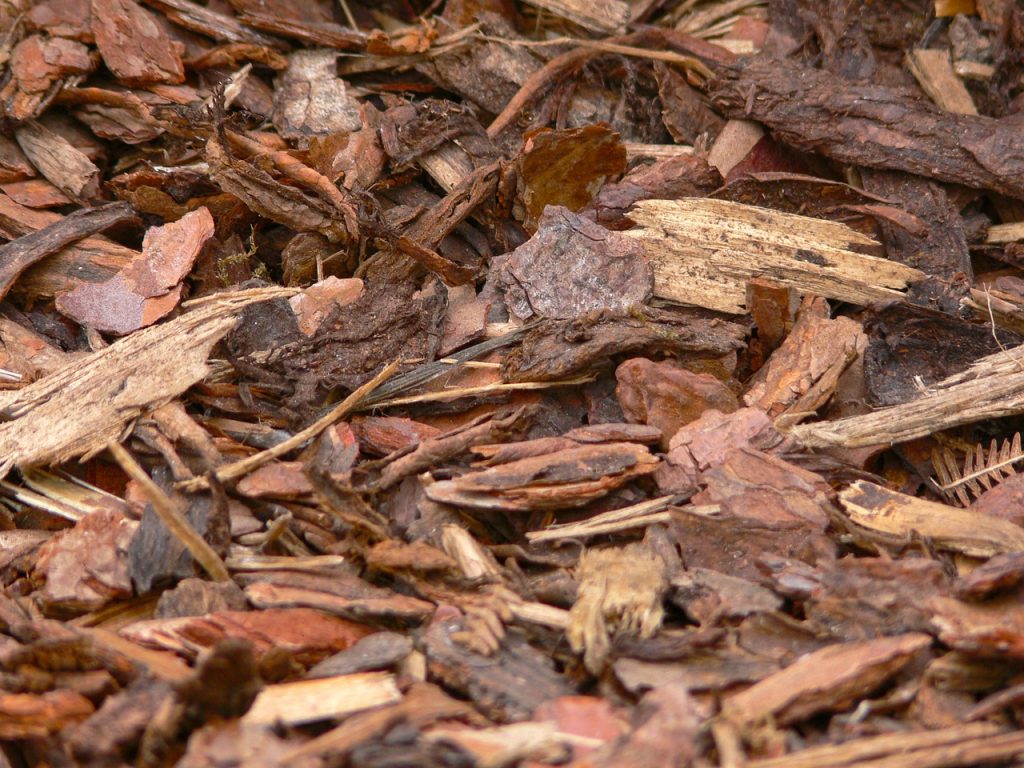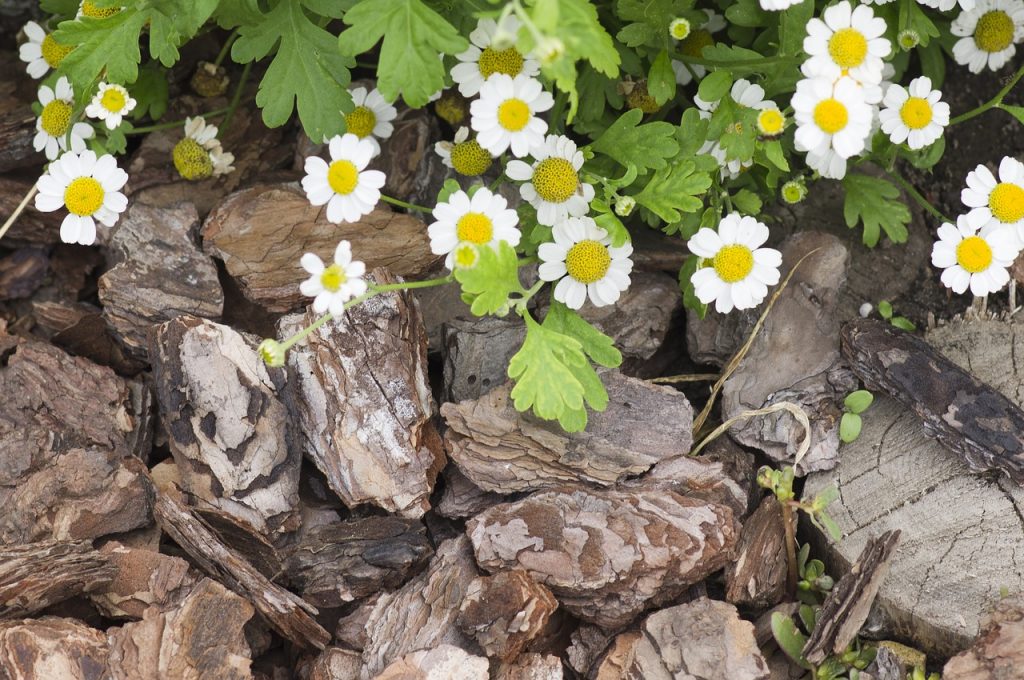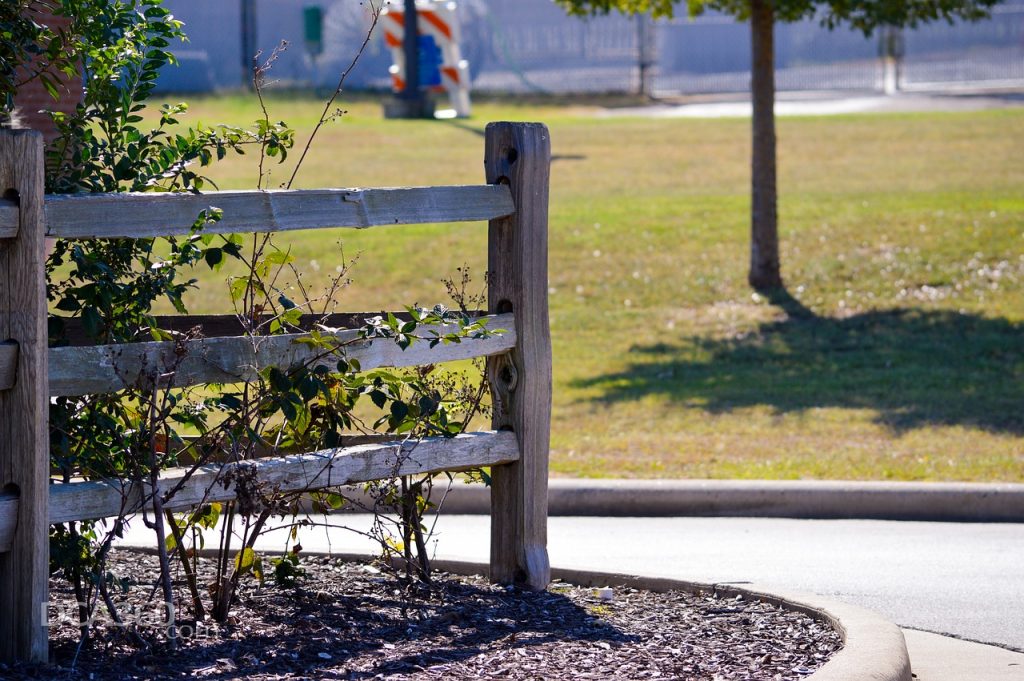Are your plants feeling underdressed? Maybe you take the best care of your garden; digging deeply, using good soil, adding nutrients, and providing ample water. But have you left your plants topless? For several reasons, a good top dressing of mulch is the final layer your plants need to truly thrive.
In nature, it is common to see fallen leaves forming a soft deposit of mulch at the base of trees and plants. This supply of organic material provides many benefits. First and foremost, the debris is the plant’s way of recycling its nutrients. It will naturally decompose and become compost, and part of the cycle again. Mulch also acts as a barrier to weed growth. When mulch is present, weed seeds that might be dormant in the soil are deprived of the light they need to grow. Naked soil is a good place for new weed seeds to take root, so covering bare spots with mulch deprives potential new weeds of a landing spot. A top dressing also makes the area look more attractive overall.
Mulch Is Great at Conserving Water

In all climates and especially in the desert, mulch is invaluable for its ability to help conserve water. By providing a buffer, mulch reduces water loss due to evaporation from the soil surface, greatly diminishing water needs. The soil retains water and potentially lowers total water usage, making the proper use of mulch an indispensable aid to desert gardening. Mulch also helps moderate soil temperature by acting as an insulator. It is the “thermal jacket” that plants need to keep the soil warm in the winter and to regulate temperature during the hot summer. Two to three inches (or more) of a good quality mulch can make a difference of 10 degrees or more in the soil temperature. During the rainy monsoon season, mulch minimizes erosion and slows water to protect the soil from washing away. When organic materials are used as mulch, additional nutrients are provided to the soil as the mulch breaks down over time.
Mulch Comes in All Shapes and Sizes
Even if not organic in nature, any material can serve as mulch so long as it is lying on top of the soil, it is acting as a mulch. Many inorganic materials are widely used as mulch. Some types of inorganic mulch include glass, rocks, gravel, plastic sheeting, landscape fabric, and rubber mulch. Carpet, cardboard, newspaper, shredded paper, burlap, and even bottle corks have been employed as mulch. These materials can be effective for inhibiting weed growth, but lack many of the additional benefits of organic mulch materials and cannot provide additional nutrients to soil and plants.

Wood chip mulch is very common in Southern Arizona and is an attractive option for top dressing plants. Wood mulch has an advantage in that it is a relatively heavy material and tends to stay in place. For this reason, wood chip mulch is a great ground cover around trees and shrubs. A chunky wood chip is long lasting and slow to decay but as it eventually decomposes, it can release additional nutrients into the soil. Wood chip mulch is frequently used for water harvesting basins as a beneficial material to decrease erosion and evaporation. Wood chip mulch is frequently used on playgrounds to reduce dust and create a soft landing space.
Composted mulch and finished compost are also excellent options. Composted mulch is made from organic materials that have been partially through the composting process, thus eliminating weed seeds and jump starting the decomposition process. Fully finished compost is more nutrient-rich and is an excellent soil amendment, though when spread on top of the soil it serves as a “mulch”. (Technically, “mulch” describes that which sits on top of the soil, and finished compost is turned into the soil.) Composted mulch has lighter, smaller particles and will continue to break down to add nutrients to the soil more quickly, but as a lighter material, it is more likely to blow away than woody mulch. Both materials are well suited to provide a beneficial layer of mulch in vegetable and flower beds.
 Finding mulch is as easy as applying it. Mulch can be made at home from extra landscape trimmings. Leftover leaves, straw, or grass clippings that may be found in the yard can all be used as mulch. With grass clippings, however, it is important that the clippings be free of pesticides and other chemicals if you use organic practices. Alfalfa is another organic material that acts as an excellent mulch for veggie beds and provides nitrogen. Mulch products can also be found at most hardware stores and garden centers. Choosing and applying mulch is one of many tools to achieve garden success. Mulch well, and take your garden beds from stressed to best-dressed.
Finding mulch is as easy as applying it. Mulch can be made at home from extra landscape trimmings. Leftover leaves, straw, or grass clippings that may be found in the yard can all be used as mulch. With grass clippings, however, it is important that the clippings be free of pesticides and other chemicals if you use organic practices. Alfalfa is another organic material that acts as an excellent mulch for veggie beds and provides nitrogen. Mulch products can also be found at most hardware stores and garden centers. Choosing and applying mulch is one of many tools to achieve garden success. Mulch well, and take your garden beds from stressed to best-dressed.
Here are a few more articles you might find interesting:
From time to time, Water – Use It Wisely features guest bloggers who write about topics related to water and water conservation. The authors of this blog post, Erika Mitnik and Emily Rockey, work for Tank’s Green Stuff, a locally- owned company that produces certified organic compost, fine composted mulch, and wood chip mulch from green landscape debris that would otherwise be wasted. Tank’s compost is a rich, organic soil amendment approved by Organic Materials Review Institute (OMRI), and adheres to the US Composting Council’s Seal of Testing Assurance program, ensuring that it is the highest quality available. Tank’s Green Stuff products are a great choice for People, Plants, and Planet! To learn more about Tank’s products, visit TanksGreenStuff.com.


